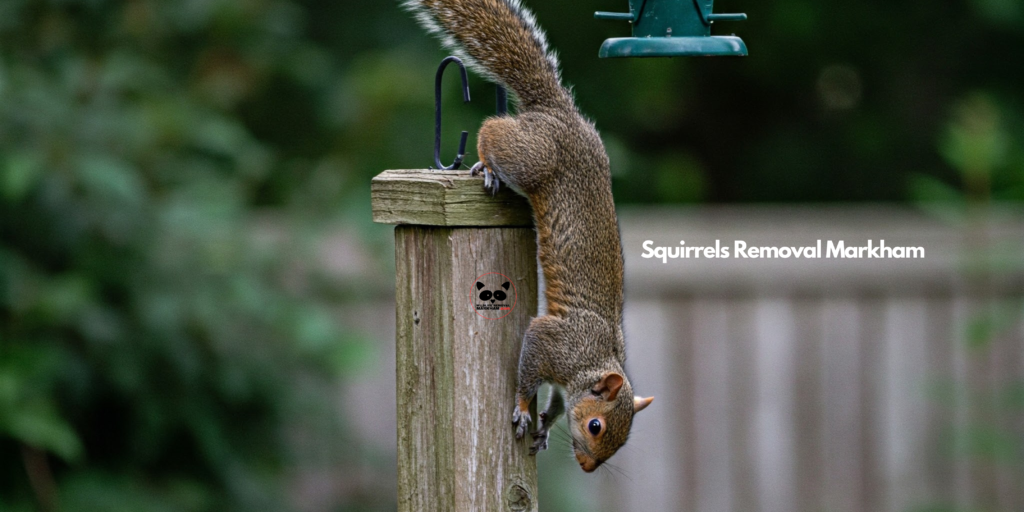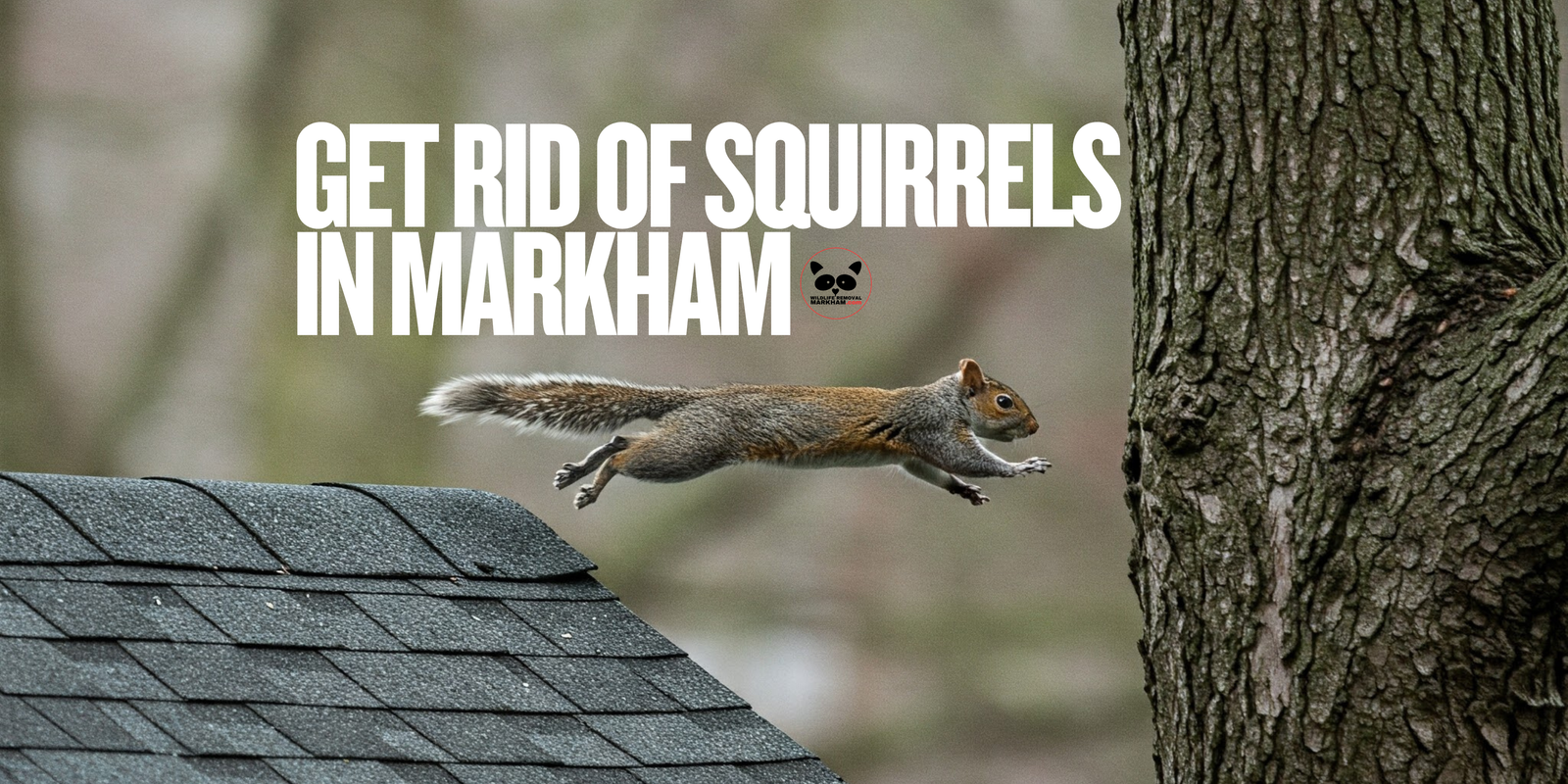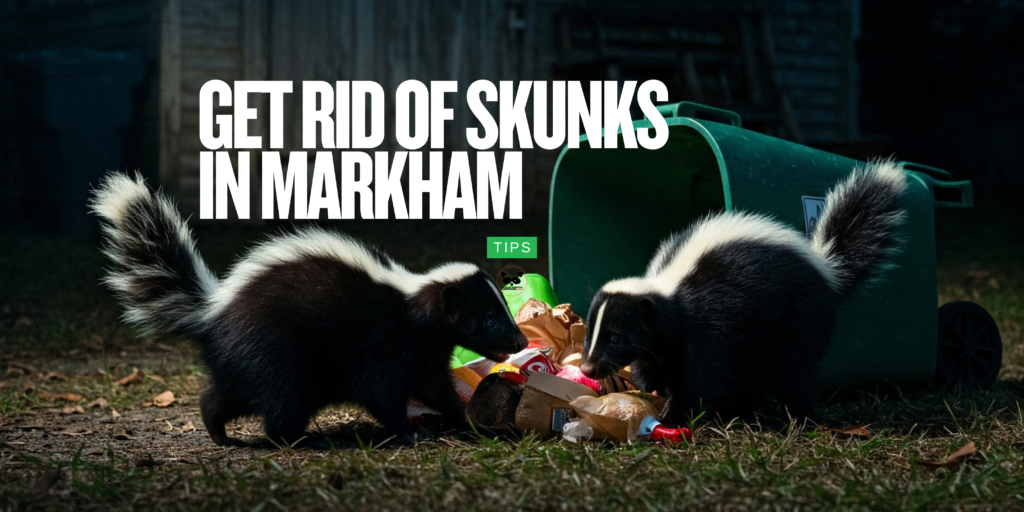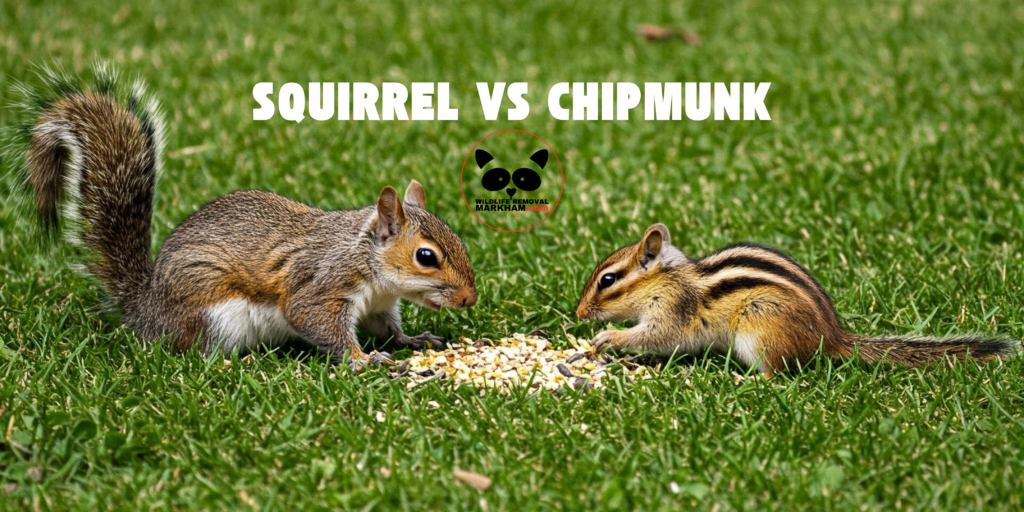Introduction to Wildlife Removal
Squirrels can easily gain access to your attic, creating a major nuisance for homeowners. A squirrel problem can lead to structural damage, contamination, and unwanted noise. Additionally, squirrel infestations pose significant health risks, including the potential for disease transmission and contamination. Understanding how to get rid of these small animals safely and effectively is crucial.
Understanding Squirrel Infestation
A squirrel infestation is a common problem faced by many property homeowners in Markham and surrounding areas. These furry critters can cause significant damage to residential and commercial properties, especially when they nest in attics, chimneys, and walls. Understanding the reasons behind squirrel infestation is crucial to prevent and control their population.
Squirrels are attracted to homes and buildings due to the availability of food, shelter, and warmth. They can easily climb up trees, power lines, and other structures to reach the roof and find entry points. Once inside, they can cause damage to insulation, wiring, and other materials, leading to costly repairs.

Identifying a Squirrel Infestation
If you hear scratching, scurrying, or chewing noises, you may have attic squirrels. Squirrels often build nests using insulation, wood, and other materials they find. A thorough inspection of your attic can reveal chewed wires, droppings, and holes in the roof. These potential entry points allow squirrels and various animals to invade your home.
Identifying Entry Points
Identifying entry points is a critical step in squirrel removal and prevention. Squirrels can squeeze through tiny openings, so it’s essential to inspect your property thoroughly. Here are some common entry points to look out for:
- Holes and gaps in the roof, soffits, and fascia
- Loose or missing shingles
- Unsealed vents and chimneys
- Gaps around windows and doors
- Tree branches that touch the roof or walls of the house
Sealing these entry points with squirrel-proof materials, such as hardware cloth or expanding foam, can help prevent future infestations.
Squirrel Behaviour and Habitat
Understanding squirrel behaviour and habitat is essential to develop effective removal and prevention strategies. Squirrels are highly adaptable and can thrive in various environments, from urban to rural areas. They are primarily herbivores, feeding on nuts, seeds, fruits, and insects.
Squirrels are social animals and often live in colonies. They are known to nest in attics, chimneys, and walls, where they can raise their young and store food. Female squirrels typically give birth to 2-8 babies per litter, and the mother will care for them until they are old enough to venture out of the squirrels nest on their own.
Risks and Dangers of Squirrels in Your Attic
Ignoring a squirrel infestation can have devastating consequences. These wild animals don’t just invade your attic—they build nests, turning your home into a breeding ground for an uncontrollable infestation. As their numbers grow, so does the destruction. Squirrels relentlessly chew through electrical wiring, creating a hidden potential hazard that could ignite at any moment causing further damage. Their droppings and urine seep into insulation, releasing airborne contaminants that threaten your family’s health. Over time, these infestations lead to serious damage, weakening your home’s structure and causing costly repairs. Without professional assistance, the problem will only escalate, putting your safety and property at risk. Acting swiftly with humane removal methods isn’t just recommended—it’s essential for preventing significant damage before it’s too late.
The Humane Wildlife Control Process to Remove Squirrels from Your Attic
The most effective and ethical approach to addressing a squirrel infestation is through humane wildlife control tactics. Wildlife Removal Markham services not only specialize in squirrel removal but also provide assistance with other wildlife intrusions, including bird removal, raccoon removal, skunk removal, and more. One of the most efficient methods is the installation of one-way doors. These doors allow squirrels to exit to find food or water, while preventing re-entry into your house. In cases where a mother squirrel has babies, careful handling and relocation are essential to ensure their well-being. Additionally, deterrents such as squirrel repellent, cider vinegar, bright lights, and other strong odours that squirrels dislike can be used to make the attic less inviting. By employing these humane and strategic methods, homeowners can effectively evict the squirrels while preventing future access to their property.
DIY Squirrel Removal
While it’s recommended to hire a professional wildlife removal service, some homeowners may want to attempt DIY squirrel removal. Here are some tips to consider:
- Use humane repellents, such as repellent granules or sprays, to deter squirrels from entering your property.
- Install squirrel-proof bird feeders and bird houses to prevent squirrels from accessing food sources.
- Seal all entry points with squirrel-proof materials, such as hardware cloth or expanding foam.
- Use one-way doors or exclusion devices to allow squirrels to leave but not re-enter.
- Remove attractants from the ground, such as fallen fruit, nuts, birdseed, or pet bowls, to discourage squirrels from nesting on your property.
- Do not attempt DIY wildlife removal during springtime as there may be babies left behind.
- Do not trap and relocate wildlife.
However, it’s essential to note that DIY squirrel removal may not be effective in the long run, and it’s recommended to hire a professional wildlife removal service to ensure an effective and humane removal. Also, trapping and relocating wildlife may seem like a quick solution, but it often causes more harm than good. When animals are removed from their territory, they struggle to find food, water, and shelter, significantly reducing their chances of survival. Additionally, a trap can cause stress, injury, or even death if not monitored properly. Instead of resorting to inhumane methods, it is best to use ethical wildlife control solutions that prioritize both the safety of the animals and the well-being of your home.
Preventing Future Squirrel Intrusions with Squirrel Repellent
Once you remove the squirrels, repairing the squirrel damage and taking preventative measures is essential to stop them from coming back. Sealing potential entry points by fixing holes in your roof and attic is a critical step. Trimming tree limbs that overhang your home will make it harder for squirrels to jump onto your roof. Removing bird feeders and pet food can also help since squirrels often find edibles there and are drawn closer to your property. These preventive measures can go a long way in deterring them.
Affordable Wildlife Control Services in Markham
If the problem persists, hiring a reputable pest control company can ensure a long-term solution. A professional experienced team can safely evict the squirrels and remove any babies while preventing future intrusions. Wildlife removal experts use specialized techniques, such as one way doors, for home animal proofing, ensuring squirrels cannot re-enter your attic.
Additional Wildlife Control Issues and Solutions
Squirrels aren’t the only wildlife issues homeowners face. Other animals, such as raccoons, birds, and bats, can cause further damage if they gain access to your attic and affect your well being. Professional raccoon removal, skunk removal, and bat removal services help eliminate these pests while maintaining humane wildlife practices. Taking proactive steps can prevent a small issue from turning into significant damage.
Conclusion
Squirrels can cause serious wildlife issues if left unchecked. The key to pest control and wildlife removal is to act quickly, use humane treatment not harm, remove babies, and take the necessary steps to prevent future access. If you’re dealing with an infestation, professional pest control services can help protect your house and property from wildlife and prevent re-entry.





